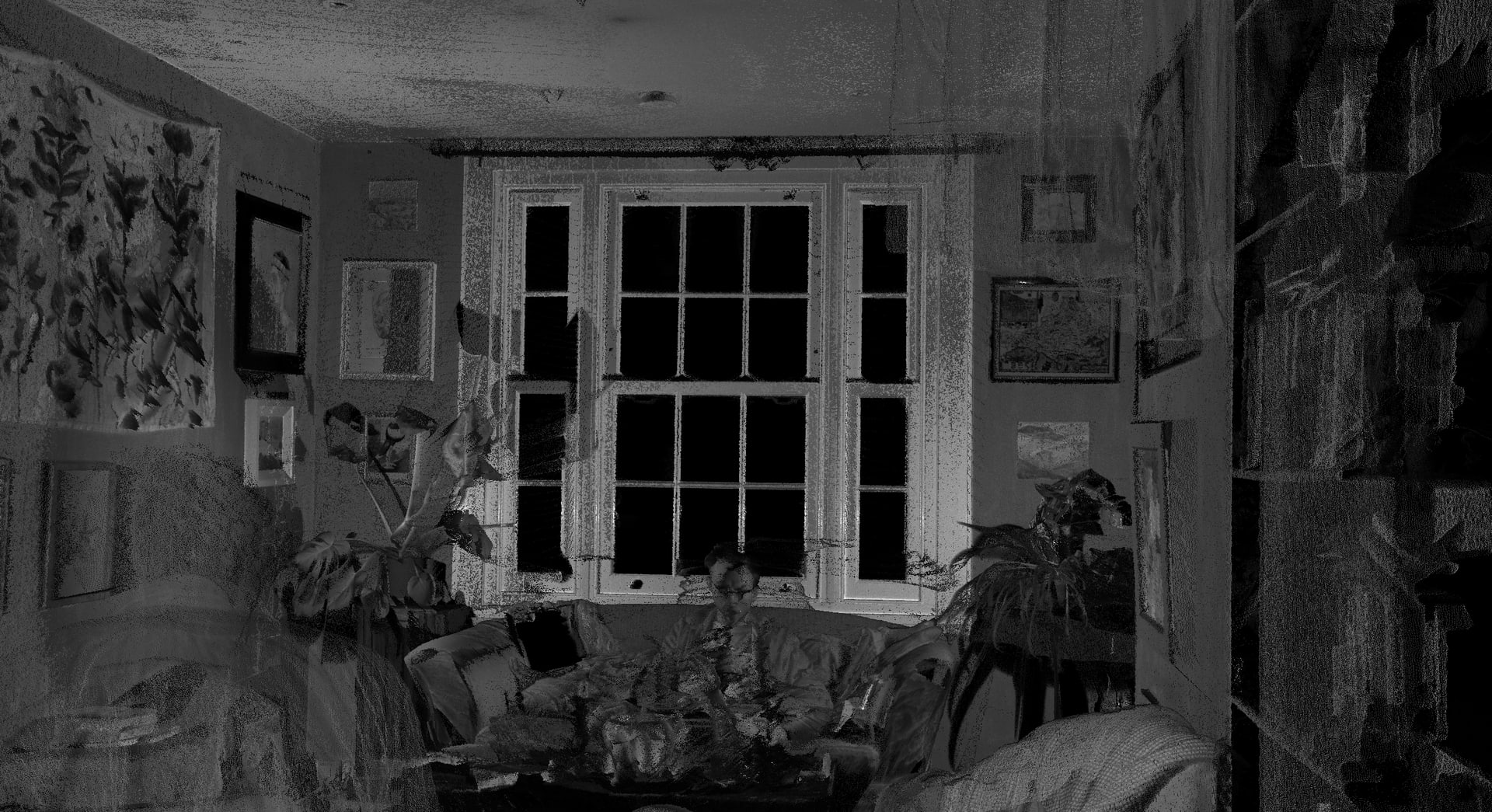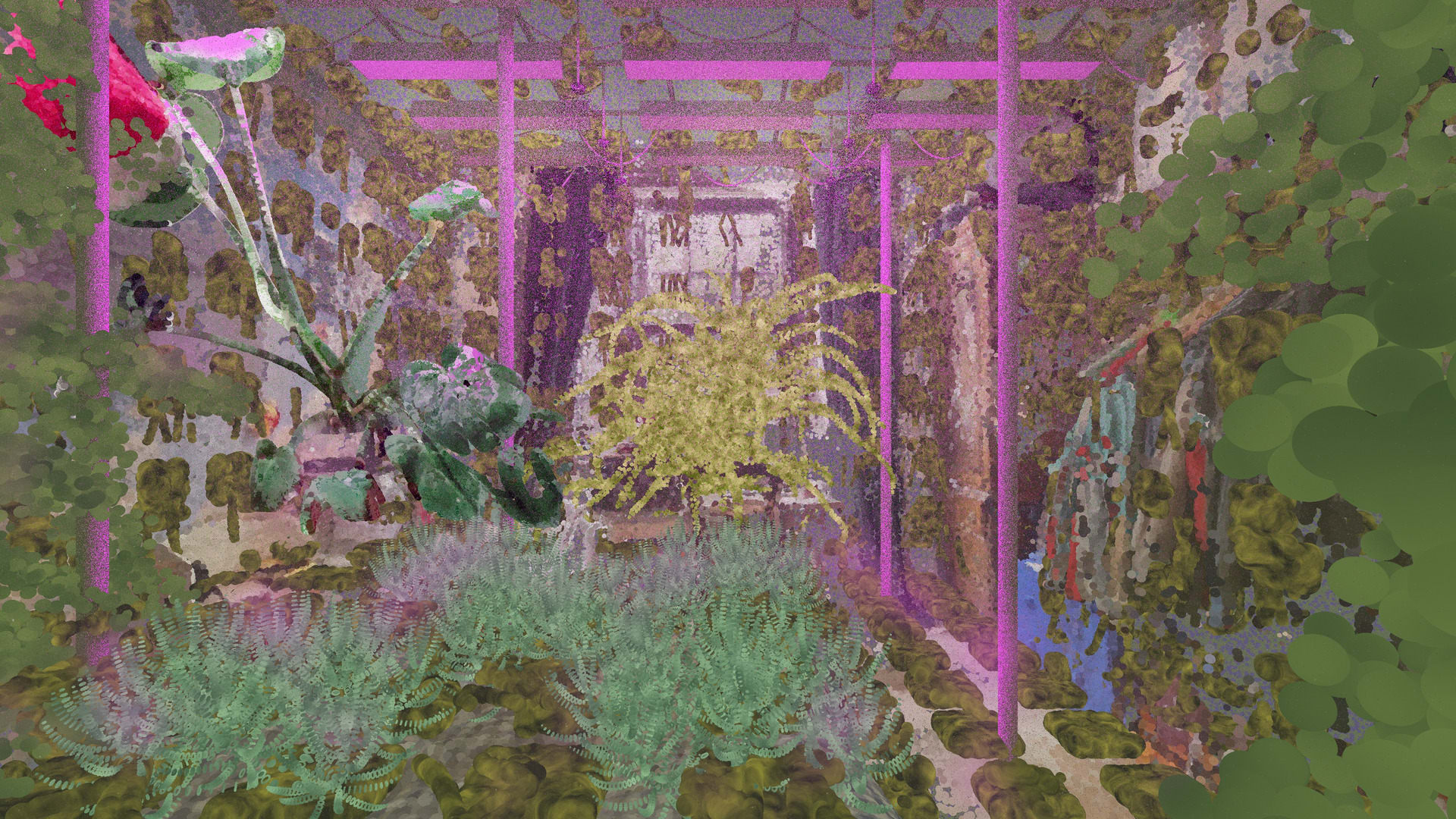Quentin Martin is a British architectural designer and artist who works across a wide variety of mediums, creating work which typically broaches areas of interest which include landscape, horticulture, ecology and sustainable and ecological design. As a designer, Quentin likes to explore how various media - painting, scanning, drawing, film making and model making - can work hand in hand to be able to communicate these areas of interest. Recently, he has been exploring the ways in which human societies can build stronger relationships to more-than-human ecologies through practices such as gardening or more broadly, engaging with the worlds of soil and plants.
Quentin took his 1st year MA with ADS9, John Ng, Zsuzsa Peter and James Chung. He studied his undergraduate degree at the Architectural Association (2016 - 2019) where he also completed their Foundation Course (2015/16). Quentin has exhibited his paintings at -
The Mall Galleries / group / 2015
Messum’s Wiltshire / group / 2017
Green & Stone Gallery / group / 2020
Espacio Gallery / group / 2020
The Next Big Thing / group / 2020
The New English Art Club, The Mall Galleries / group / 2021
Hollis Mead Organic Dairy / group / 2021
The Royal Bath and West Show / group, scholar / 2021
The South West Academy, Kennaway House / group / 2021
Art For Youth UK, The Mall Galleries / group / 2021, 2022
















